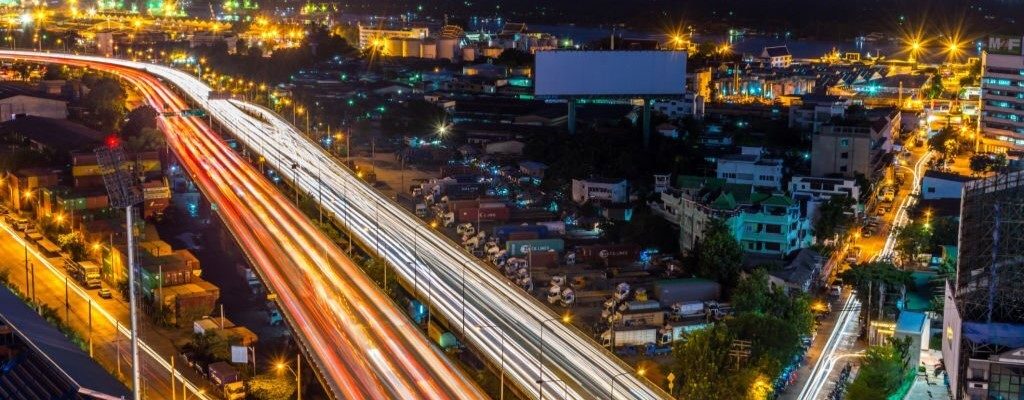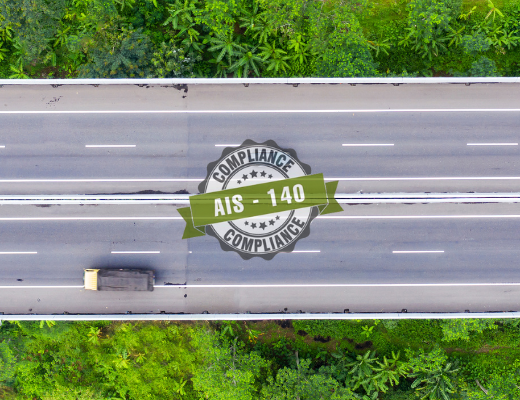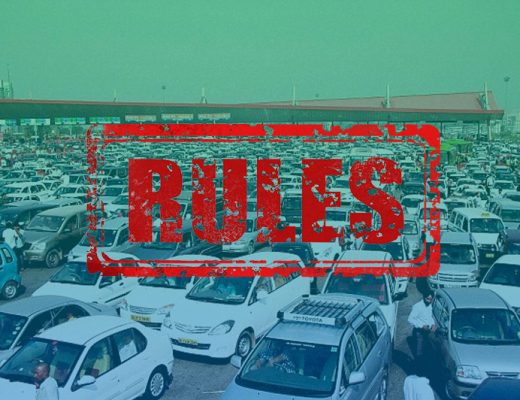Urban areas are experiencing a surge in transportation demands, which is putting pressure on transportation services. In response to this issue, effective transportation network pricing strategies have emerged as a solution to manage travel demands efficiently. These strategies focus on improving infrastructure efficiency by incorporating the costs associated with congestion. Additionally, they bring in revenue for transportation authorities, which they reinvest to enhance transportation services, particularly public transportation.
Dynamic Tolling Strategies
To create the best tolling plans, the government and urban planners must consider how travellers’ needs change over time. This means they should use dynamic tolling systems that adjust based on when people want to use the roads. There are different types of road pricing plans that vary depending on how they charge drivers and when they charge them. These include the tolling method used and whether the tolls change at different times of the day.
Types of Road Pricing
1. Cordon Pricing: Cordon Pricing is a traffic management system commonly implemented in Europe and Asia. In this system, vehicles entering specific urban areas are charged a fee based on the time of day, day of the week, or any other criteria set by the local authorities.
2. Link-Based Pricing: Link-based pricing is a more prevalent traffic management system in the US. This system charges vehicles that traverse certain roads or lanes a toll fee. These tolls may vary based on the distance travelled, the time of day, or other factors set by the local authorities. This system helps to manage traffic flow and reduces congestion on busy roads.
Time-Differentiated Tolling
Tolls can vary based on time, including flat, time-of-day, responsive, and anticipatory tolls. Dynamic tolling has gained prominence in the last decade, primarily in High-Occupancy Toll (HOT) facilities.
Enhancing Traffic Flow
HOT lanes use dynamic tolling to manage single-occupancy vehicle (SOV) users, ensuring a desirable level of service (LOS) and maintaining free-flow speeds. This interaction between users and operators can improve the performance of both HOT and General-Purpose (GP) lanes.
Implementing Dynamic Tolling
Intelligent transportation systems (ITS) advancements have introduced multiple techniques for implementing dynamic tolling.
Predicting Toll Prices
Predicting toll prices is essential to help drivers plan their routes and budget their expenses. By analyzing various factors such as traffic volume, time of day, and vehicle type, toll operators can make accurate predictions and adjust prices accordingly.
Benefits of Toll Prediction
Forecasting toll prices can be advantageous for both road users and operators. By knowing the estimated cost in advance, users can make more informed decisions about their preferred route, departure time, and mode of transportation. Additionally, operators can reduce traffic congestion by managing traffic volume profiles more effectively. Moreover, announcing toll predictions ahead of time can help reduce user opposition towards tolls.
Operational Challenges
Predicting real-time toll prices and travel time differences is crucial to improving dynamic tolling systems. This allows operators to make informed decisions and optimize road network utilization, reducing congestion. Road users can also benefit from this information in making route decisions.
Operator-User Communication
Although there are many advantages, operators seldom share anticipated toll prices and travel savings data with users. One possible reason for this concerns legal issues, public perception, liability, and dependability. Furthermore, the operating model typically predicts toll prices for a short-term period, restricting long-term predictability.
Conclusion
Dynamic road pricing strategies offer a promising solution to urban transportation challenges. Predicting toll prices and travel time differences can significantly enhance user experience and traffic management, leading to more efficient and sustainable urban transportation systems.



